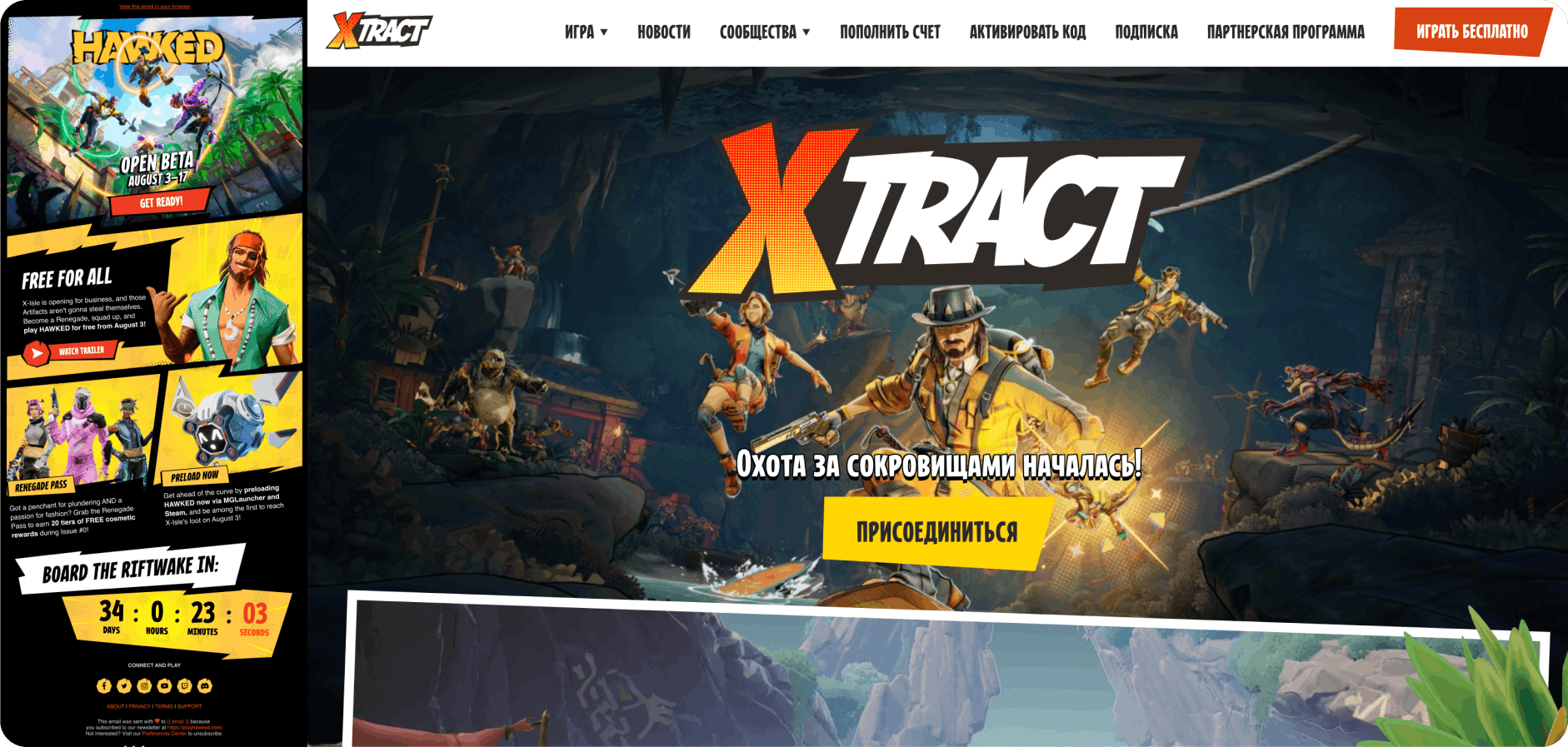
2024-9-4 10:15:55 Author: hackernoon.com(查看原文) 阅读量:2 收藏
A few years ago, a proficient designer needed skills in Adobe Photoshop for retouching, Adobe Illustrator for drawing, and Figma for creating landing pages. However, the demand for highly specialized designers has surged. Now, a product designer focuses solely on product design, and a graphic designer concentrates on graphic elements, without overlapping roles.
The need for all-in-one designers is declining, which is a positive shift. However, this trend hasn’t yet affected the game development industry. GameDev still requires versatile specialists who possess a broad skill set. If you’re aiming for a career in the game industry, you must be adept at a wide range of skills.
In this article, I will delve into the essential skills required for GameDev and illustrate each with examples from my own experience.
Graphic design encompasses many elements. It includes identity and branding, as well as all promotional materials, from avatars and banners to merchandise and billboards.
As part of graphic design in game development, you will develop a project’s identity and brand book, create banners, design social media assets, and develop merchandise.
What you need to know in graphic design: you need a comprehensive understanding of typography, color theory, and composition, and the ability to integrate these elements beautifully into the right format.

UX/UI and Web
Every game has a website, usually a multi-page site that needs to be designed for easy user navigation. Here too, the designer must think about structure and design interfaces.
In web design, you will handle the development of promotional sites, special projects, and landing pages for new game updates. For long-running projects that are frequently updated, you’ll need to create a design system. For more straightforward, one-off sites, you’ll build a UI kit.
This category also includes creating email newsletters, as the tasks are similar to web design.
What you need to know about web design: Interface design skills are essential, from research to visualization.

3D Design for Marketing
For web and graphic design layouts, you need various 3D graphics—cannons, chests, 3D icons, renders of characters, weapons, and achievements. Where do you get them with the perfect angle and lighting? You create them yourself.
Within the scope of 3D tasks, you’ll need to:
- Render in-game models with the right angle and lighting.
- Model and render materials for promotions, including lighting and action boosts.
- Create 3D graphics for special projects.
- Develop 3D marketing materials that are later integrated directly into the game, such as chevrons and badges for user customization.
- Create 3D sticker packs for Discord.
What you need to know about 3D design: At a minimum, you should be proficient in one 3D software package, but preferably two. One for modeling, such as Cinema 4D, Blender, or Maya, and another for texturing, like Adobe Substance 3D Painter or Marmoset.
Sticker Pack Case.
My first challenging 3D job was a duck sticker pack. I spent sleepless nights grappling with complex materials and shapes while trying to convey anthropomorphic emotions on the ducks’ faces. It was tough, but I succeeded, and I will never forget those ducks.

Retouching for Anything That's Not Perfect
With 3D models, things can go wrong: polygons may be out of place, lighting may be off, or the model may come from the developer’s engine. To make everything look attractive and polished, retouching is essential.
Knowledge of retouching allows you to quickly assemble a story art banner from existing assets or enhance them for further use.
What you need to know about retouching: A basic level of retouching involves using Photoshop sliders, masks, adjustment layers, and a graphics tablet, and understanding the basics of light shading and composition.

Neural Networks as an Additional Retouching Tool
Neural networks can now be used for retouching.
For example, you may have a 3D render of poor quality based on a ready-made model from developers. You can take the long route and retouch it yourself, or the short route by using a neural network like SD. In just five minutes, you can achieve a good result: the model will have beautiful hair, appropriate facial expressions, and correct color corrections.
What you need to know about neural networks: Using them effectively requires time and resources to train the model. You need to feed the neural network about 100 photos of the object from different angles with prompts, review the results, make edits, and review everything again.
Motion Design
Let’s say the website for a game is ready, but it looks boring. What to do? Add IDLE animation to the main art. For this, you need to know how to create such animations.
Knowledge of motion graphics allows you to create animated logos, art for promotional materials, and showreels.
What you need to know to excel in motion graphics: Learn After Effects and master layering art in Photoshop.

The More You Know, The More You Can Do
Of course, on a design team, everyone has an area in which they are highly skilled experts. For example, I wouldn’t expect high-quality AAA art from a web designer. However, in game development, a web designer might still get AAA-art tasks and will need to handle them.
Therefore, the more diverse tasks you can manage without relying on colleagues, the more valuable you will be as a specialist. Consequently, your grade, salary, and recognition will grow faster.
I remember vividly how, as a designer with over a decade of experience, I retouched characters late into the night, struggled with 3D models, or nervously created my first landing page. Now I realize that it was a crucial experience.
Acquired skills significantly broaden your horizons and enhance your design capabilities. There emerges an ironclad confidence that you can handle any task (even 3D ducks). So, I highly recommend developing multidisciplinary skills, especially if you want to enter game development. Even if you don’t, the more you know, the more you can achieve.
如有侵权请联系:admin#unsafe.sh